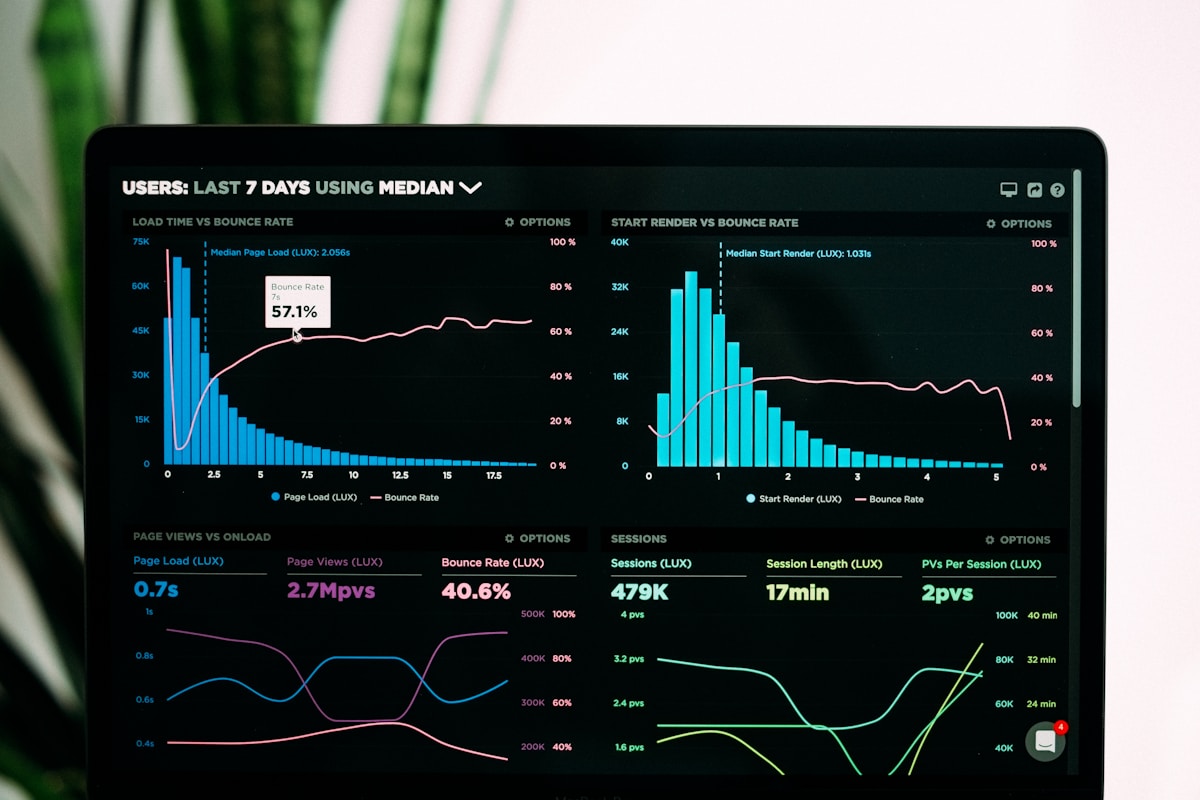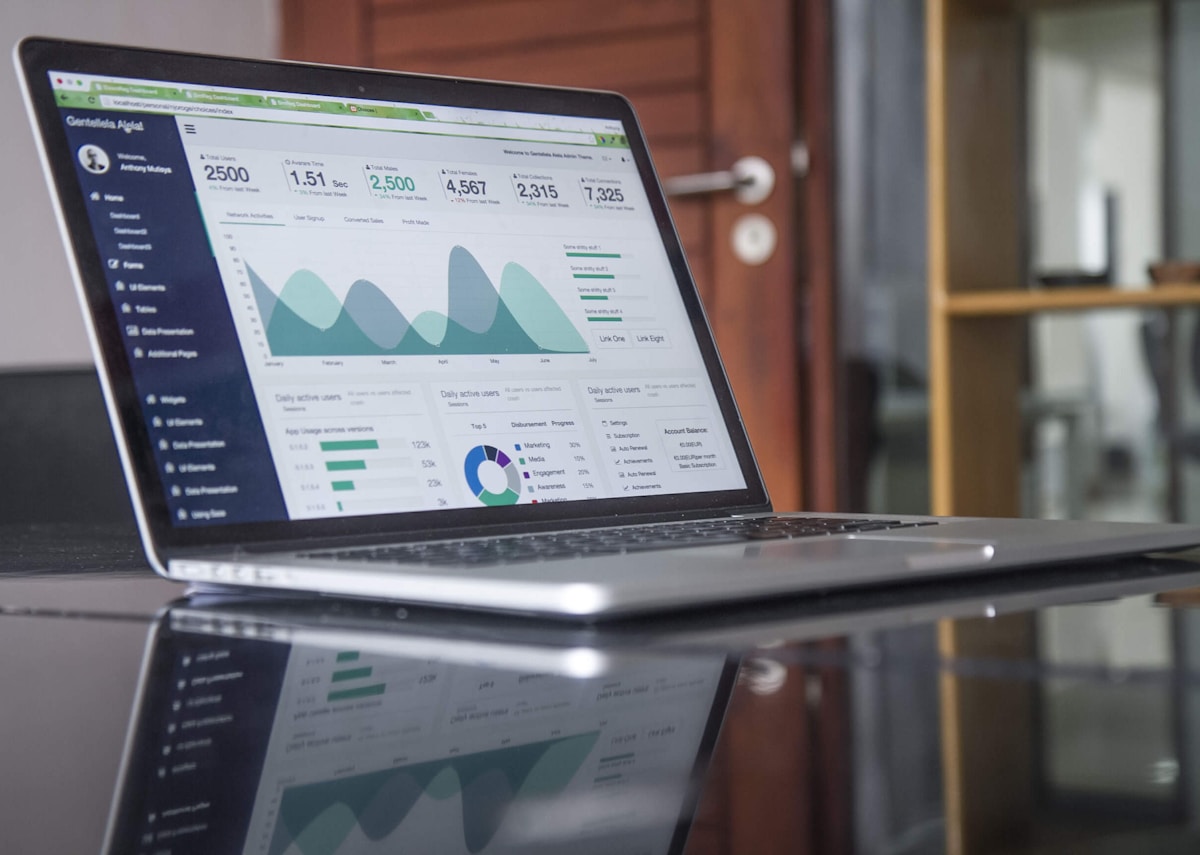Zapier for Dropshipping: Automate Orders and Save 2-3 Hours Daily

Zapier for Dropshipping: Automate Orders and Save 2-3 Hours Daily
You spend 2-3 hours every day copying order details from Shopify into supplier portals, sending confirmation emails, updating spreadsheets, and manually tracking which orders shipped. None of this makes you money. It's data entry disguised as "managing your business." Every minute copying customer addresses into AliExpress is a minute not spent finding products, optimizing ads, or actually growing revenue.
Zapier for dropshipping eliminates repetitive data transfer between your store, suppliers, and customers. It doesn't make strategic decisions or find winning products—it handles the mechanical tasks that consume time but require zero creativity. When an order comes in, Zapier moves the data where it needs to go without you touching it. The value isn't automation for automation's sake. The value is reclaiming hours that currently disappear into manual processes.
Why Manual Order Processing Costs You 2-3 Hours Daily
Most dropshippers process 10-30 orders daily when starting. Each order requires 4-6 actions: copy customer details, paste into supplier portal, send confirmation email, update tracking spreadsheet, notify customer when shipped, handle any customer service inquiries. At 5 minutes per order, 20 orders consumes 100 minutes daily—almost 2 hours of pure data entry.
The cost isn't just time—it's error accumulation and delayed fulfillment. When you manually copy addresses, you introduce typos. Wrong zip codes delay shipments. Missed customer emails create support tickets. Every manual step adds failure points. Stores processing 50+ daily orders can't physically keep up without automation, forcing them to hire VAs for tasks that shouldn't require human attention.
Manual processing scales terribly. Doubling from 20 to 40 daily orders doesn't just double your workload—it creates chaos. You can't sustain 4 hours of daily order processing while also running ads, testing products, and managing everything else. Growth stalls not because demand disappeared but because operations collapsed under manual processes.
The breaking point typically hits around 30-40 daily orders. Below that threshold, manual processing feels manageable. Above it, you're drowning in administrative tasks with no time for actual business development. Automation becomes mandatory for scaling, not optional for convenience.
What Zapier Actually Does (Without the Marketing Hype)

Zapier connects apps that don't natively communicate. When something happens in App A (trigger), Zapier performs an action in App B (response). A new Shopify order (trigger) creates a CJ Dropshipping order (action). A shipped order in your supplier portal (trigger) sends a customer email (action). It's conditional data transfer, not artificial intelligence.
Zapier doesn't think or make decisions—it follows if-this-then-that rules you create. If order total exceeds $100, send to premium supplier. If customer email contains "gmail.com", add to email list. If product SKU matches X, forward to Supplier A instead of Supplier B. The logic is entirely predetermined by you.
The value comes from reliability and speed. Zapier checks for triggers every 5-15 minutes (depending on your plan) and executes actions within seconds. Unlike humans who forget steps, get tired, or make typos, Zapier performs the same sequence identically every time. Consistency at scale is the actual benefit.
Limitations matter more than features. Zapier can't handle complex decision trees that require judgment. It can't call a supplier to resolve a stock issue. It can't write personalized customer service responses. It moves data between defined fields according to fixed rules. Understanding what it can't do prevents wasting time on automations that need human oversight.
Most dropshippers overestimate what automation solves. You still need to handle customer service, resolve shipping problems, manage supplier relationships, and make strategic decisions. Automation eliminates data entry, not business management.
The 5 Automations Every Dropshipping Store Needs First

Start with high-frequency, zero-judgment tasks that consume the most time. Don't automate everything immediately—automate the bottlenecks that prevent scaling first.
1. New order notification to team Slack/Email. When Shopify receives an order, send details to wherever you actually check messages. Default Shopify emails get lost. A Slack notification with customer name, products, and total keeps orders visible without constantly refreshing your dashboard. This automation takes 5 minutes to set up and saves 30+ daily dashboard checks.
2. Order details to supplier portal. Automatically create orders in CJ Dropshipping, Spocket, or Zendrop when Shopify processes payment. Map customer shipping address, product SKUs, and order quantity to supplier fields. This single automation reclaims 1-2 hours daily on stores processing 20+ orders. The time saved compounds as order volume increases. Before automating, ensure you've found reliable suppliers that integrate smoothly with your automation workflows.
3. Order confirmation email to customer. Shopify sends basic confirmations, but custom emails with estimated delivery dates, tracking expectations, and support contact information reduce "where's my order?" inquiries by 40-60%. Automated emails go out within minutes of purchase, setting clear expectations before customers get anxious.
4. Tracking number update from supplier to customer. When your supplier updates order status to "shipped," pull the tracking number and email it to the customer automatically. This closes the communication loop without manual checking. Customers get shipping updates immediately instead of 12-24 hours later when you notice the status change.
5. Failed order alert to admin. When payment fails, inventory runs out, or an order can't process, send immediate notification. Catching failed orders within minutes instead of hours prevents customer complaints and allows quick resolution. Most stores lose 5-10% of revenue to preventable order failures that sit unnoticed for too long.
These five automations handle 80% of repetitive order tasks. Start here before building complex workflows.
Order Notification Automation: Shopify to Email/Slack/SMS
Real-time order notifications prevent the constant dashboard refreshing that interrupts focus. When orders arrive, you want to know immediately—but checking Shopify every 10 minutes destroys productivity.
Email notifications work but get buried. Shopify's default order emails often filter into promotional folders. Setting up a Zapier automation to send formatted order summaries to your primary inbox ensures orders stay visible. Include customer name, order total, and products in the subject line: "New Order: $67 - 2x Posture Corrector - John Smith." This format lets you scan emails without opening each one.
Slack notifications outperform email for teams. Create a #orders channel where every new purchase posts automatically. Include customer details, order value, and a direct link to the Shopify order page. Team members see orders in real-time without separate logins. This matters most when you hire VAs or customer service reps who need order visibility without full Shopify access.
SMS notifications handle urgent situations. For high-value orders (over $200) or VIP customers, send an SMS alert so you can provide white-glove service immediately. SMS cuts through email noise for the 5-10% of orders that deserve immediate attention. Don't SMS every order—notification fatigue defeats the purpose.
The notification format matters more than the channel. Bad notification: "New order #1847." Good notification: "$127 order - 3x items - Jane Doe - TX - Premium shipping." The second version provides actionable context without requiring you to click through for basic details.
Auto-Forward Orders to Suppliers (CJ Dropshipping, Spocket, AliExpress)
Automatic order forwarding to suppliers saves the most time because it's the highest-frequency manual task. Every order requires the same data transfer: customer address, product details, quantity, shipping method. Perfect use case for automation.
CJ Dropshipping and Spocket integrate directly with Zapier. When a Shopify order processes, Zapier creates a matching order in your supplier account with mapped fields: customer name, address, email, phone, product SKU, and quantity. The supplier receives orders instantly instead of waiting for you to batch-process them hours later. Faster supplier notification equals faster fulfillment and shipping.
Map custom fields carefully—misaligned data breaks the automation. Shopify's "Line Item SKU" must match your supplier's "Product ID" field exactly. Test with dummy orders before going live to catch field mapping errors that send wrong products or addresses.
AliExpress lacks official Zapier integration, creating workarounds. Some stores use Oberlo or DSers which do connect to Zapier, allowing indirect automation. Others export orders to Google Sheets via Zapier, then use browser extensions to bulk-import from sheets to AliExpress. The workaround adds steps but still saves time over pure manual entry.
Multi-supplier stores need conditional routing. If Product A comes from Supplier X and Product B from Supplier Y, set up filters: "If order contains SKU-123, send to CJ. If order contains SKU-456, send to Spocket." Zapier's filtering logic handles this through "only continue if" conditions. Without filters, all orders go to all suppliers, creating confusion.
Failed orders require fallback handling. When supplier inventory runs out or integration breaks, set up error notifications so you can manually process the order before customers notice delays. Automation fails gracefully with proper error alerts.
Customer Email Sequences: Order Confirmation to Delivery Updates

Automated customer emails reduce support inquiries by setting clear expectations at every order stage. Customers want to know: order received, order shipped, tracking available, delivery estimated. Manually sending these updates doesn't scale.
Order confirmation email (immediate). Shopify handles this by default, but custom Zapier emails allow personalization: include estimated delivery date, set expectations about processing time (24-48 hours), provide support contact, and link to tracking page. Setting expectations up-front prevents 60% of "where's my order?" emails.
Template: "Order #[ORDER] confirmed - $[TOTAL]. We're processing your order and will ship within 24-48 hours. Tracking number will be sent when shipped. Estimated delivery: [DATE]. Questions? Reply to this email."
Shipping confirmation email (when tracking available). When supplier marks order as shipped, pull tracking number and send update: "Your order has shipped! Track here: [TRACKING LINK]. Estimated delivery: [DATE]." Include the actual tracking number in the email, not just a link—some customers prefer copying it into their carrier's app.
Delivery confirmation email (optional). When tracking shows "delivered," send a quick follow-up: "Your order arrived! Enjoying it? We'd love your feedback: [REVIEW LINK]." This timing maximizes review requests because the product just arrived and experience is fresh. Review requests sent 3-7 days post-delivery convert 3-5x better than requests sent weeks later.
Email sequence timing matters. Too many emails annoy customers. Too few creates anxiety. The optimal sequence is 3 emails: confirmation (immediate), shipping (when dispatched), and delivery (when received). More than 3 automated emails per order crosses into spam territory.
When Zapier Isn't Worth It: Tasks You Shouldn't Automate
Not every task benefits from automation. Some require human judgment, occur too infrequently to justify setup time, or break when automated.
Customer service responses shouldn't be automated. Canned responses to complex questions frustrate customers. "I need to return this broken product" requires actual assessment and problem-solving, not templated replies. Automation works for confirmations and status updates, not conversations.
Supplier negotiations happen manually. Building relationships, requesting faster shipping, negotiating pricing, or resolving quality issues require personal communication. You can't Zapier your way into better supplier terms. These high-value, low-frequency interactions need human attention.
Product research and ad creative can't be automated. Finding winning products, analyzing competitors, writing ad copy, and testing creatives require strategy and creativity. Tools can assist (scraping competitor prices, downloading ad creative), but the decision-making stays human. Automation handles execution, not strategy.
Low-frequency tasks don't justify automation setup. If you manually process refunds twice weekly, spending 2 hours building an automation saves 10 minutes weekly—a 12-week payback period. Better to keep it manual. Automate high-frequency tasks first, ignore rare edge cases.
Complex conditional logic breaks easily. Automations with 7+ conditional branches ("if product is X and customer is Y and shipping is Z") become maintenance nightmares. When supplier SKUs change, product lines update, or business rules shift, complex automations break silently. Keep automations simple or they become more work than they save.
The rule: if a task requires judgment, strategy, or occurs less than daily, manual processing usually wins. Automation shines on repetitive, high-frequency, zero-judgment tasks.
Key takeaways:
- Manual order processing consumes 2-3 hours daily on stores with 20+ orders
- Zapier moves data between apps based on predefined rules, no decision-making involved
- Start with 5 core automations: order notifications, supplier forwarding, confirmations, tracking updates, failure alerts
- Real-time notifications (Slack, email, SMS) eliminate constant dashboard checking
- Auto-forwarding to CJ/Spocket saves 1-2 hours daily by eliminating manual data entry
- Customer email sequences (confirmation, shipping, delivery) reduce support tickets by 60%
- Don't automate customer service responses, supplier negotiations, or low-frequency tasks
- Complex automations break easily—keep workflows simple for reliable operation
Frequently Asked Questions
How much does Zapier cost for dropshipping?
Zapier offers a free plan with 100 tasks/month (enough for testing). Paid plans start at $19.99/month for 750 tasks, $49/month for 2,000 tasks, and $69/month for 10,000 tasks. Most stores processing 20-30 daily orders need the $49/month plan to handle order forwarding, notifications, and email sequences.
Can Zapier automate AliExpress orders?
AliExpress doesn't have official Zapier integration. Workarounds include using Oberlo or DSers (which connect to Zapier) or exporting orders to Google Sheets via Zapier, then bulk-importing to AliExpress with browser extensions. CJ Dropshipping and Spocket offer native Zapier integration for easier automation.
What's the first Zapier automation I should set up?
Start with order notifications to Slack or Email. This automation takes 5 minutes to configure and immediately saves 30+ daily dashboard checks. Once notifications work reliably, add automatic order forwarding to your supplier portal (CJ, Spocket, Zendrop) to eliminate manual data entry.
Does Zapier replace the need for a VA?
Zapier handles repetitive data transfer but doesn't replace human judgment. VAs still handle customer service, supplier communication, product research, and complex problem-solving. Zapier eliminates 1-2 hours of daily data entry, allowing VAs to focus on higher-value tasks instead of copying order details.
How do I prevent Zapier automations from breaking?
Keep automations simple with minimal conditional logic. Test with dummy orders before going live. Set up error notifications so you know immediately when automations fail. Avoid automating tasks that change frequently (like supplier SKUs or product catalogs) without documented update processes.